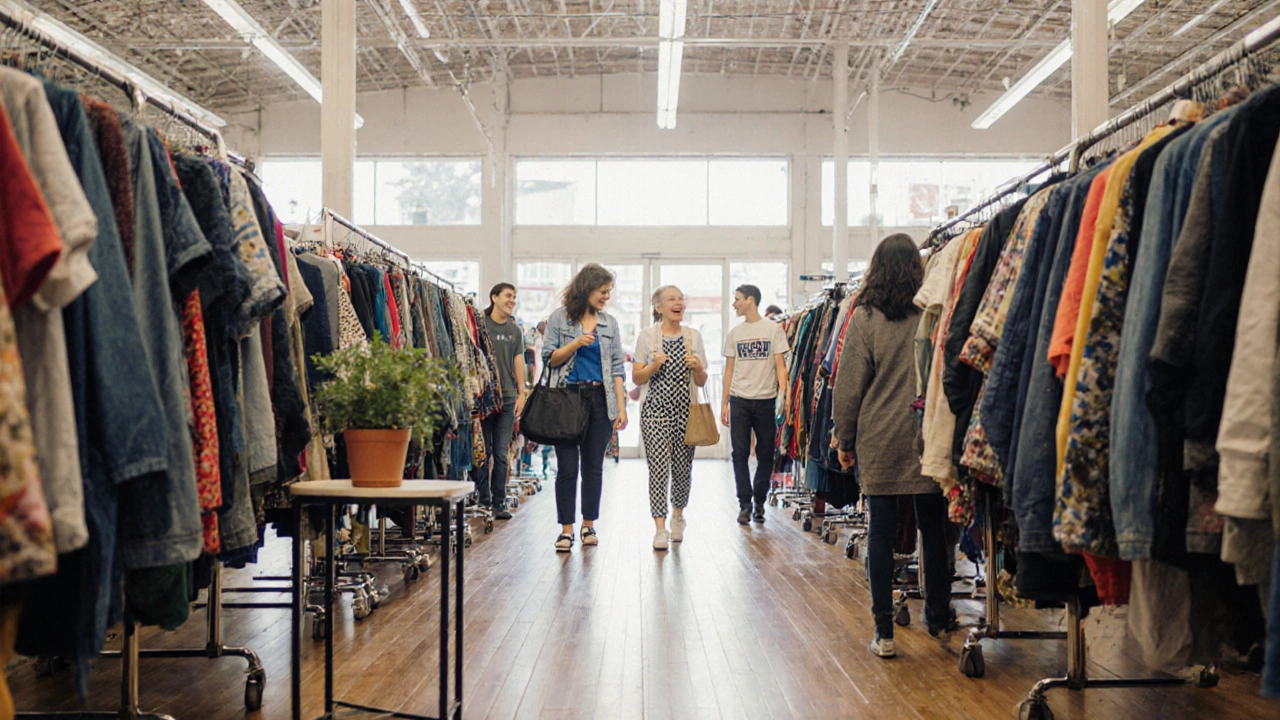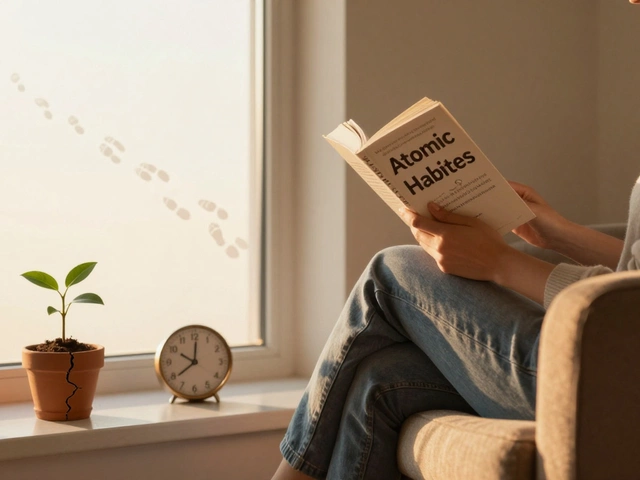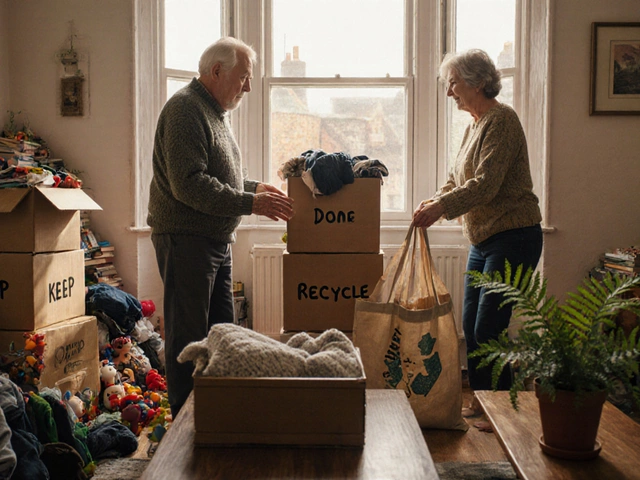Circular Economy: What It Is and How It Connects to Sustainable Fashion, Gardening, and Daily Life
When we talk about a circular economy, a system where resources are kept in use for as long as possible through reuse, repair, and recycling. Also known as closed-loop economy, it flips the old take-make-waste model on its head. Instead of throwing things away after one use, a circular economy asks: Can this be fixed? Repurposed? Returned to the soil? Refilled? Re-sold? It’s not magic. It’s simple math: if we stop treating the planet like a landfill, we save money, reduce pollution, and make things last longer.
This isn’t just about big companies changing their supply chains. It shows up in your everyday choices. Take sustainable fashion, clothing made to last, repaired, and eventually returned to the material stream. Also known as slow fashion, it’s the direct opposite of fast fashion’s disposable mindset. Brands that truly follow circular principles don’t just use organic cotton—they track where every button and zipper ends up. And when you buy a shirt from one of them, you’re not just wearing fabric—you’re participating in a loop. The same idea applies to waste reduction, the practice of minimizing what gets thrown away by choosing reusable, refillable, or compostable options. You see it in how coffee grounds become plant food, how old clothes turn into cleaning rags, and how food scraps feed your garden instead of the trash bin. Even resource reuse, the act of finding new uses for items before discarding them. Also known as upcycling, it’s the quiet hero behind lazy gardening, where mulch covers soil to cut watering needs, or a jar becomes a seed starter. These aren’t isolated habits. They’re all pieces of the same system.
What you’ll find here isn’t theory. It’s real examples. Articles that show how to tell if your favorite brand is actually building a circular model—or just pretending. How to grow food with less waste and more soil health. How to build a wardrobe that doesn’t end up in a landfill after six wears. How to eat well without buying plastic-wrapped junk. This isn’t about being perfect. It’s about making smarter moves, one choice at a time. And if you’ve ever wondered why your compost bin matters, or why that old jacket shouldn’t just disappear, you’re already on the right path. Let’s see how others are doing it.
Is Goodwill Actually Sustainable? A Deep Dive into Thrift Store Impact
Categories
RECENT POSTS
Best Life-Changing Books That Actually Work
Discover the best life-changing books that actually transform habits, mindset, and purpose. No fluff-just proven books that shift how you think and live.
Edinburgh: The UK’s Most Popular Tourist Town After London
Discover why Edinburgh tops the list of UK tourist towns after London, with visitor stats, attractions, and handy travel tips for a memorable visit.
How Many Days to Spend in England? Find the Ideal Trip Length
Discover the ideal number of days for an England trip. Learn how to split the country into regions, see sample itineraries for 5‑7, 10‑12 and 14‑16 days, and get practical tips for travel, accommodation, and budgeting.
Effective Steps to Clean Out a House Full of Junk
A step‑by‑step guide to declutter a junk‑filled home, covering sorting, donation, recycling, junk‑removal services, and long‑term upkeep.
How to Tell If a Fashion Brand Is Truly Sustainable
Learn how to spot real sustainable fashion brands-not just greenwashing. Check certifications, labor practices, materials, and transparency to make smarter, longer-lasting clothing choices.





